In my senior year, I wrote a poem form a national French test when the task was to write an essay.
It was important, because I got to represent my school throughout the country during high school and I got to visit a lot of cities – and going in my senior year would have been the cherry on top.
I am trying to remember if it was a good poem.
I lost 0.30 points because I forgot to place two accents, and 2 points for not respecting the task.
It’s true that in that particular year, the test was corrected by my French professor in Zoia, among others, and we hated each other.
I can’t tell if between my vast knowledge of French and the time spent in the cities that hosted the test there is a bijective or a surjective function.
In Zoia there was a gym hall with old school equipment and wooden trellises from the 30s-40s, when the school was called Carmen Silva. In high school, when my menstrual cycle would excuse me from running around aimlessly with a basket ball, I could play chess with other excused boys and girls. I remember that the P.E. professor would mistake the king with he queen and we would adapt our moves, ending up making our own rules. We weren’t allowed to play checkers. Between the boys who were playing volleyball and the girls who were doing buttocks workouts (never the other way around, P.E. class always seemed to be made up of a few boys who were running around and a lot of girls bending their knees), we would sit on the benches, split into couples that instantly formed for chess games that were always started but never finished.
In the end, we had to quit chess to study for our finals. The high school had a reputation to maintain.
Conversly, Ramona knows how to play chess since she was a little girl:

In Cristina’s age group (30 plus) there have been many writers who killed themselves throughout time. John O’Brien used a pistol and some say that “Leaving Las Vegas” was his suicide note. Robin Hyde put an end to his life with a dose of Benzedrine. Ryunosuke Akutagawa overdosed on barbital. Sylvia Plath placed her head in the oven with the gas on and died from carbon monoxide intoxication. Stefan Zweig and his wife took barbiturates. Petronius dies and elegant death, according to Tacit who says that the possible author of Satyricon cut his veins. John Kennedy Toole used the fumes from the exhaust pipe of his own car. K Sello Duiker hanged himself. Géza Csáth poisoned himself. Danielle Collobert kills herself on her birthday in a hotel in Paris. George Caragonne jumps from the 45th story of a hotel. René Crevel turns on the gas of his kitchen oven. Robert E. Howard puts a bullet in his head. Stig Dagerman closed the door of his garage and left the car engine running. Dazai Osamu flung himself in the river near his house; his body was found after almost a week by his own mother. Michael Strunge jumped from the 4th floor.
Cristina read a pile of books, looking for connections between the late or last writings of these authors and their deaths. She did the same for those that “died a good death”, and the texts from the collection “In my age group” either illustrate the autobiographic emotional roller-coaster, or not.
“The Queen of Spades”, by Alexandr Puskin, is a story with fantastic elements about Hermann, a German officer in the Russian army, that wants to know the secret of a guaranteed win at a card game that he unwillingly kills the 87 year old woman who kept him. She appears to him in a dream and shows him the three magic cards. Hermann plays the first two cards and wins. During the third game, in stead of playing the ace, he plays the queen of spaces, and the queen smiles at him with the face of the dead old woman. Hermann ends up in the psychiatric ward.
Cristina rewrites a happy ending for Hermann and, in order to read it, you must climb. In the middle of the gallery, in order to cross the whole exhibition, you need to crouch if you’re higher that 1.54 cm. Once inside, everything is organized into multitudes – a multitude of biographies (composed of careful listings of gestures, details, affects), a multitude of fiction (the collection of books), an observational multitude (made up of short film fragments, just so you can read two lines of subtitles on the screen, chosen from 114 cassettes with what the artist saw in her artistic trips). In the middle we find randomness, chance, the gambling game and the train ticket. “Tricking the life” by deciding to die or, better yet, living as much as possible.
The art show is under the sign of the homework – given, received or that which you impose on yourself. Just like when you answer in a profoundly memorialistic way to a generic knowledge exercise.
Question: Is the future boring?
Answer: Probabil, cel puțin conform romanelor distopice.
But that is not the right question.
Cristina David, Between the total of facts in my life and the sum of my works doesn’t exist a bijective function was between 20 January – 12 March 2016 at Ivan Gallery in Bucharest.
POSTED BY
Simona Dumitriu
Simona collaborated until 2015 with Ileana Faur, Marian Dumitru and Claudiu Cobilanschi at Spațiul Platforma, an artist-run space supported by the National Museum of Contemporary Art / MNAC in the An...
www.poetrybody.wordpress.com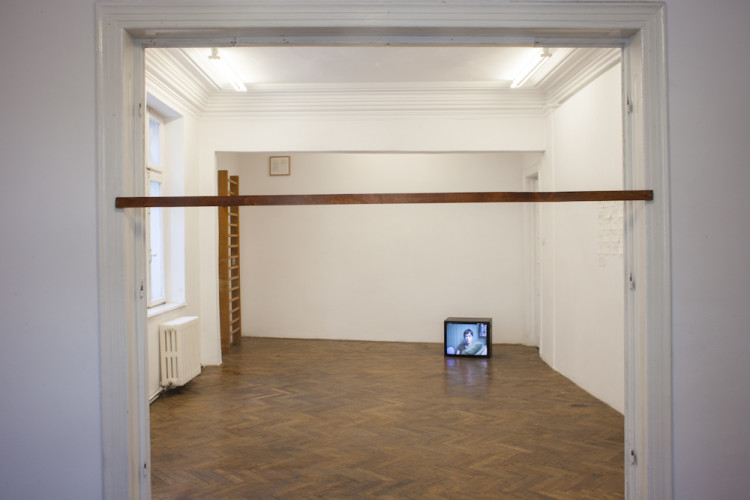

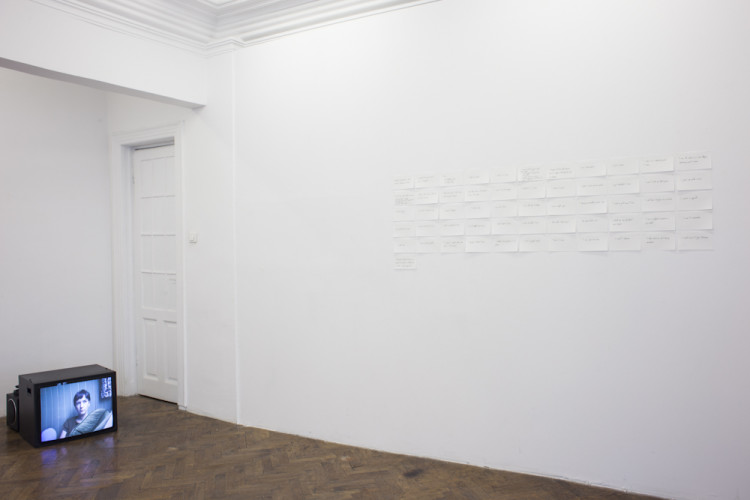
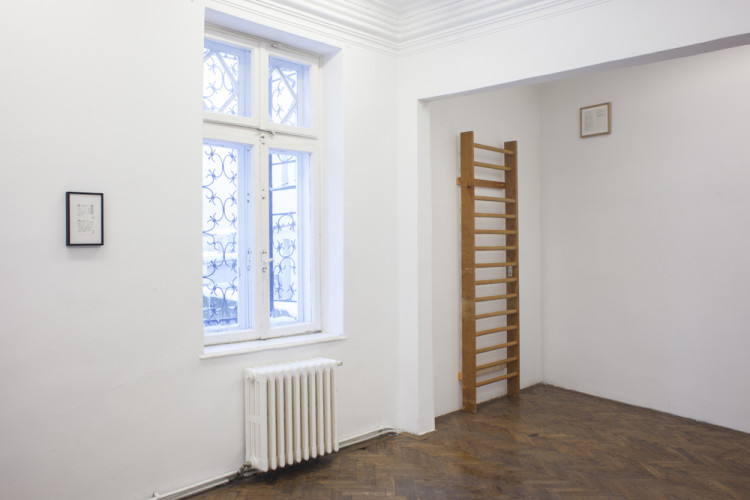
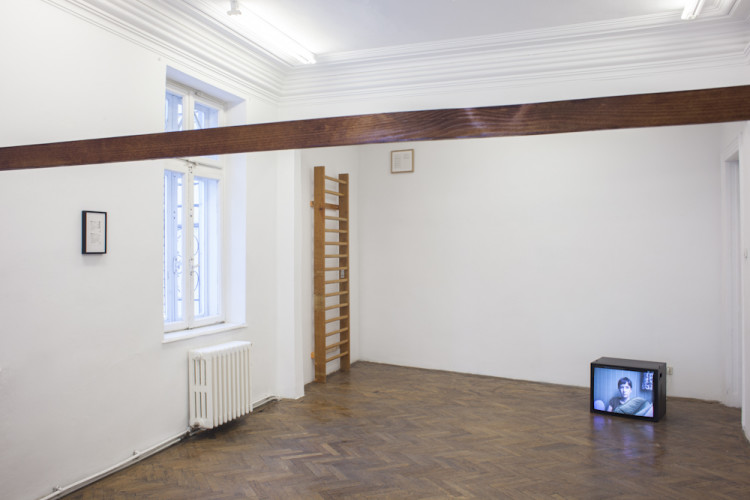
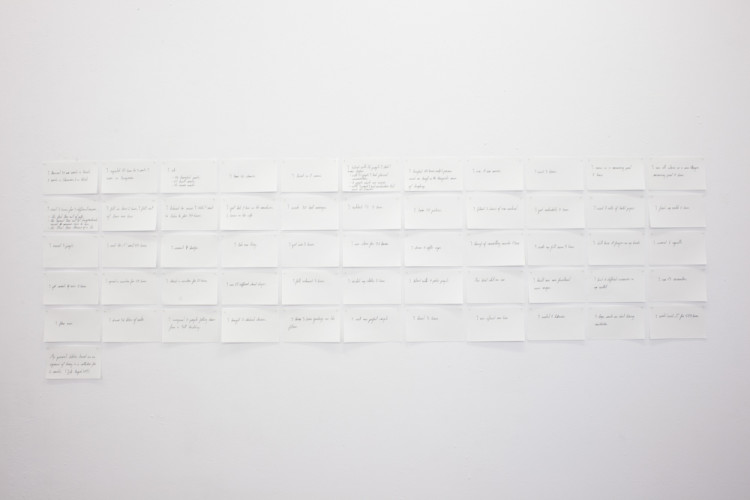


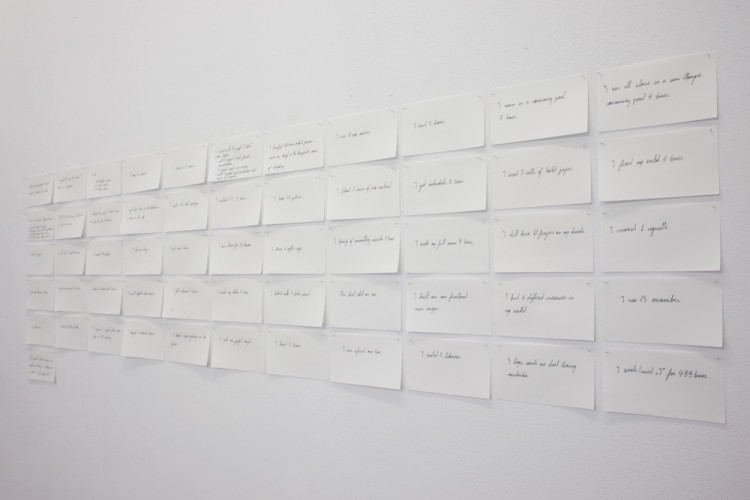
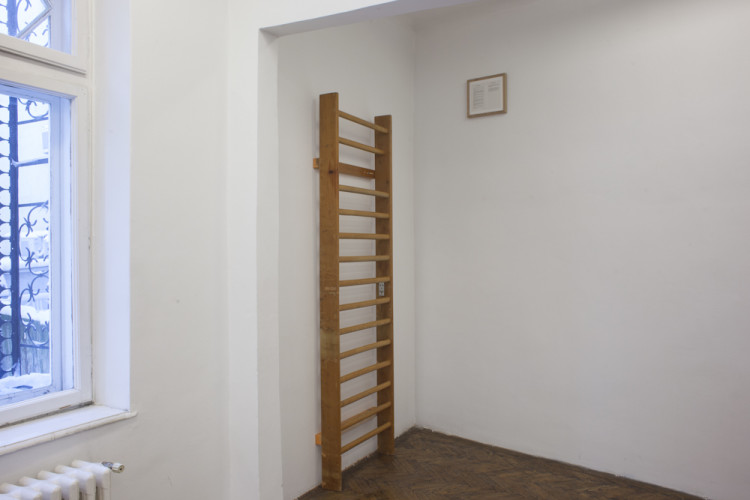
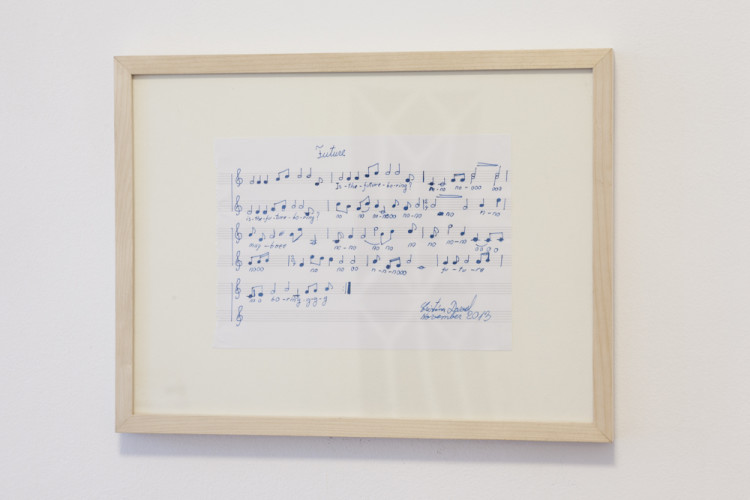
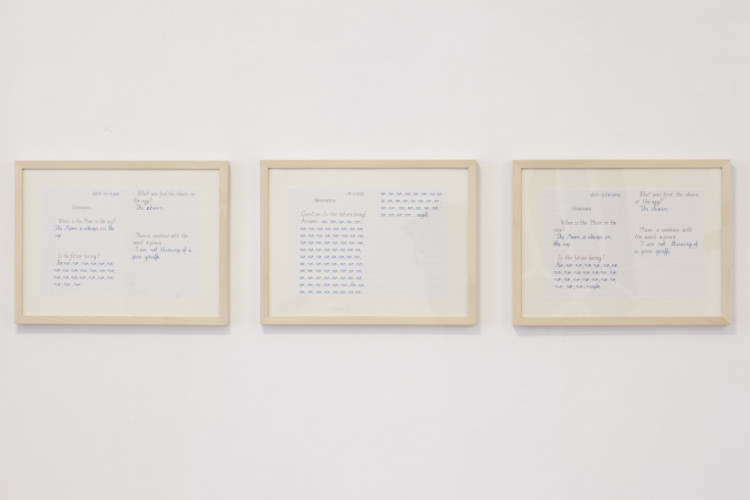
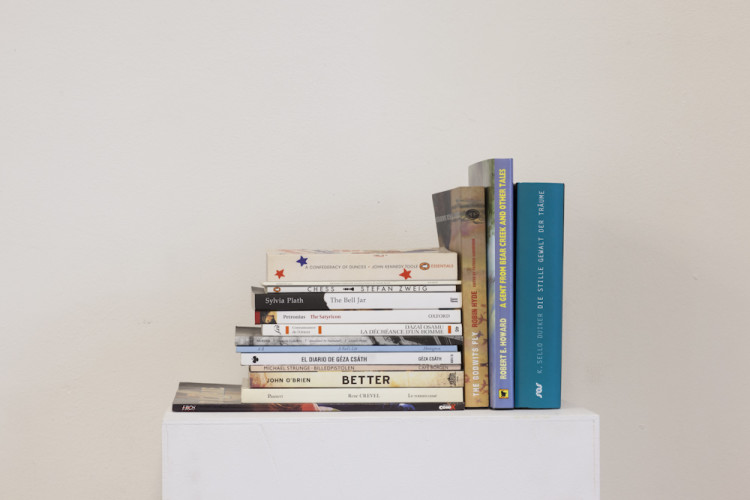

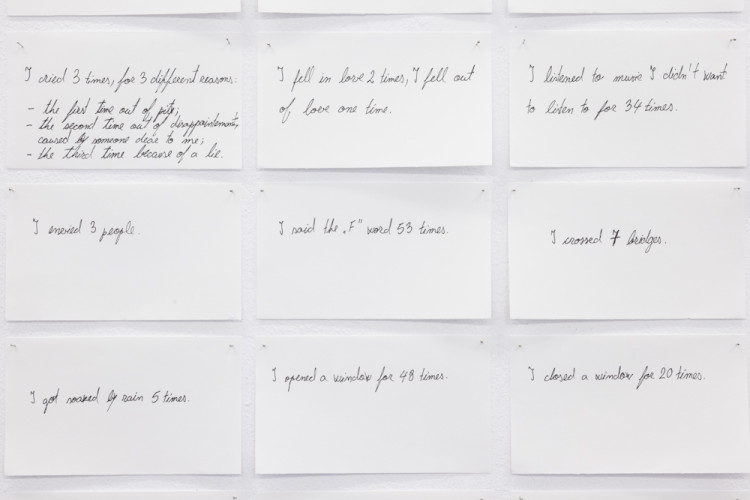
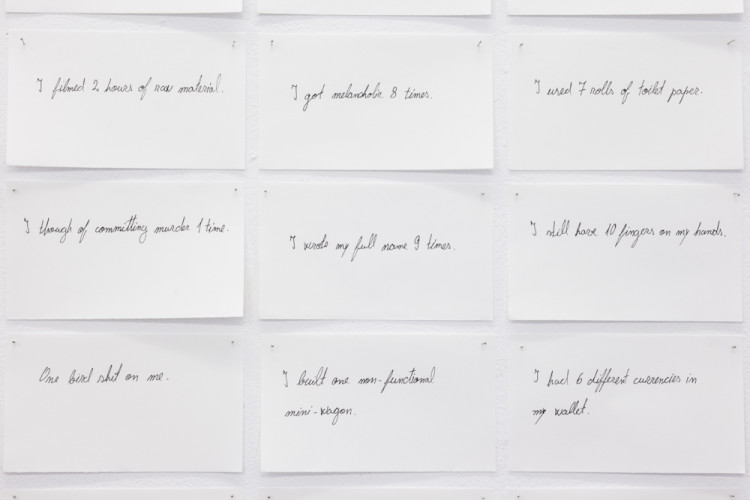
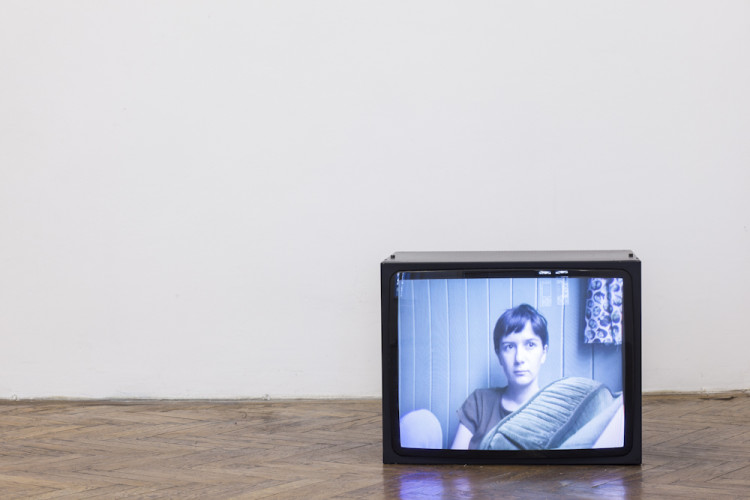
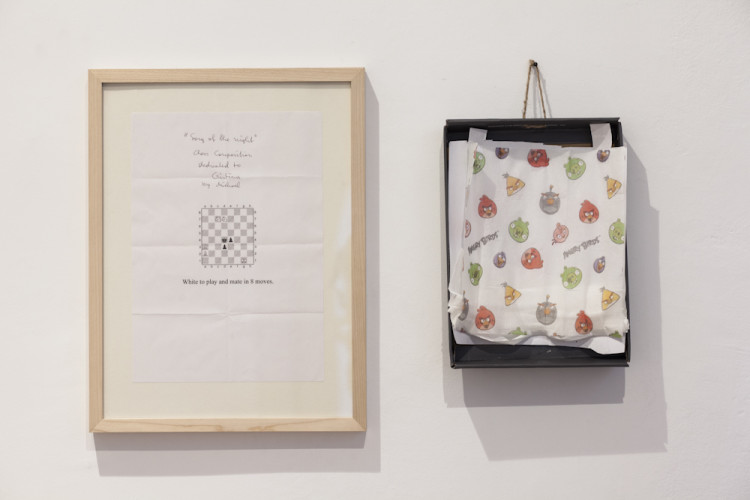

Comments are closed here.